A Transition Map from Study to Practice of Massage Therapy
Posted on: October 17, 2013
After the hard work and sustained effort of training and obtaining licensure, newly minted massage therapists naturally want an effortless transition into professional territories. Like all life endeavors, success depends largely on advance preparation. Below are a few basic tips to chart a smooth course of sailing from academic to occupational waters.Proceed with caution
For lowest risk with highest return, devise a strategy of duality. Retain or obtain work in a field wherein you are more experienced while building a solid clientele base on a gradual basis. This affords the best of all worlds by providing a steady income, practical skills enhancement, and professional network opportunities simultaneously.
Divide risks to multiply rewards
Magnify positive results of the above-described hybrid formula by minimizing outgo while maximizing income. If your heart is set on private practice but your budget says otherwise, the power of cost leveraging by time-sharing provides excellent veto overriding power of stingy pocketbooks.
Many new massage therapists split the cost of rent, supplies, and utilities for a single office. Besides dramatically decreased pecuniary burdens, it offers an ideal combination of stability and flexibility for all concerned parties. If, for instance, one office mate maintains full-time employment and can only work on evenings and weekends, others with a total time devotion to therapeutic massage can arrange schedules accordingly. Meanwhile, everybody gets to sock away hefty sums toward to expedite arrival of that wonderful day when they can finally afford to go solo.
Low-stress + steady paychecks = career success
A popular variant of the above-described technique is part-time work at an established medical or allied healthcare practice. Many medical clinics and holistic therapy, chiropractic, physiotherapy, physical therapy, and occupational therapy practitioners do – or want to – offer therapeutic massage. You can work as a part-time employee or independent contractor to gain greater knowledge, self-confidence, and skills development. While earnings potential is comparatively low in such arrangements, the advantages of being able to learn while you earn largely offset that disadvantage.
You get to observe the operational aspects of office management in a real-life setting without the associated risks and costs. Meanwhile, you get to decide whether specific work environments and/or specialties are right for you.
Final success factor
The American Massage Therapy Association (“AMTA”) official website offers a wealth of valuable resources for starting an independent practice or gaining regular employment in therapeutic massage. Free access to valuable content about the financial, insurance, managerial, and marketing aspects of private practice is readily available.


